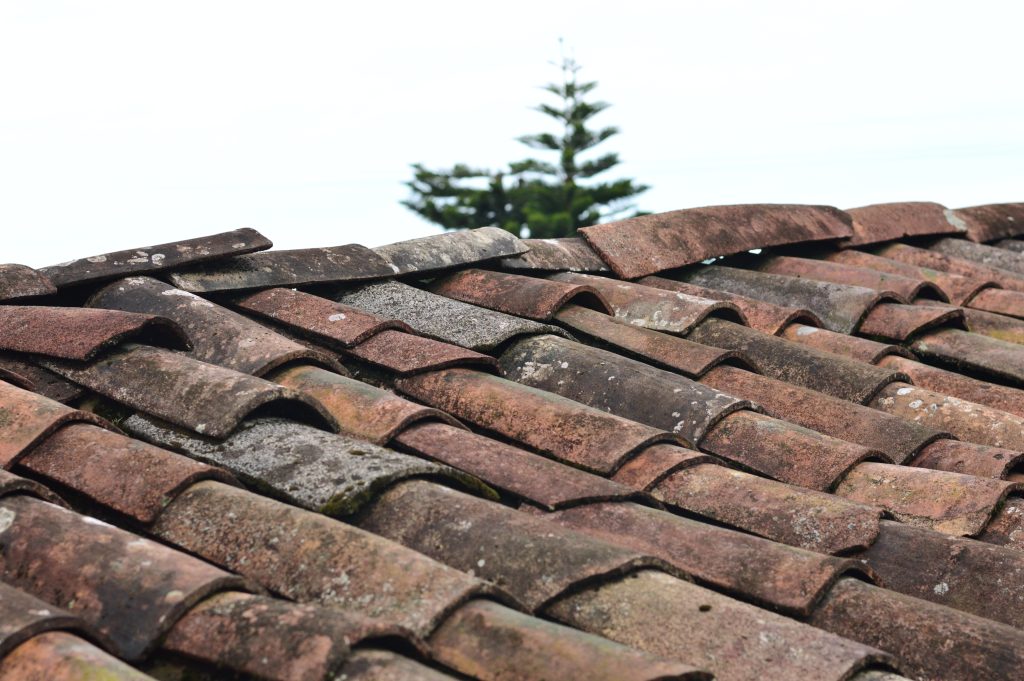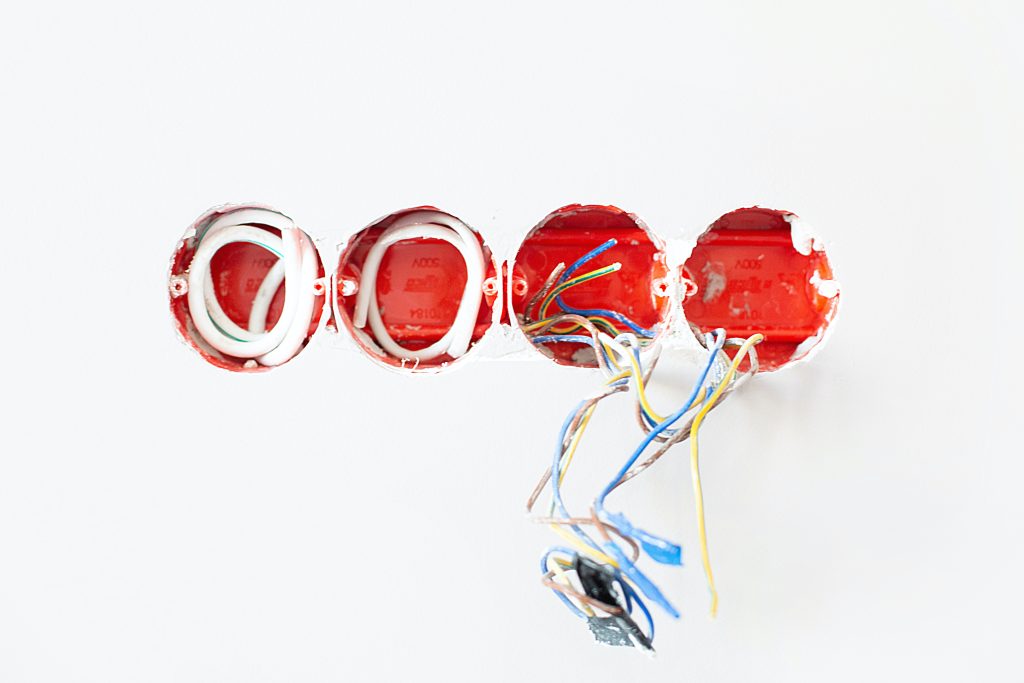A home inspection entails evaluating your from top to bottom and confirming or denying its safety and usability. When buying a home, the buyer often covers the home inspection cost. The home inspector’s job is to give the buyer a thorough report outlining all issues with the house, regardless of how big or small they may be. If the house inspection is negative, a buyer will get the opportunity to pull out of the deal or try to use that fact to lower the real estate price. A thorough home inspector will examine every component of a subject property to look for structural, mechanical, electrical, and plumbing problems. Any number of things, from foundation fissures to drainage problems in the yard, can cause a house inspection to fail. For home sellers, it is very important to be aware of all the things that can fail a home inspection.
- Structural Issues That Can Fail a Home Inspection
Issues with the structural integrity of the building rank among the biggest concerns in the home inspection report. One of the most important factors in determining the strength and potential longevity of the house is its structural integrity. If any structural elements are compromised, the home inspection may fail. The foundation, walls, floors, and roof are the four main parts of a house’s structure. These structures may sustain damage over time for a wide range of causes. Typically, abnormal settlement caused by the movement of the soil beneath the house damages the foundation. Structure-related stress over time may result in cracks in the walls, uneven flooring, sagging roofs, etc.
Home inspectors search for indications of structural movements, such as fractures in the foundation’s walls, damaged masonry columns, uneven floors, and poorly closing doors and windows.
- Roof Problems

Water leaks, rotting wood, rodent infestation, and deteriorated attic insulation are all possible consequences of faulty roofing. Water spots on the ceiling indicate that the roof and attic insulation are failing.
The source and scope of the damage will be determined during the inspection, and the roofing contractor will estimate the repair expenses. You can either negotiate these costs into your offer for the house or forego them entirely. Bear in mind that usually, where there is a roofing problem, other problems may follow.
Issues with Electrical Installations

The electrical system should be in the best possible condition when putting a home on the market. In most cases, when owners experiment with wiring, it frequently results in over-fusing, which causes wire overheating and an electrical fire. It is vital to ensure that the installations are safe and in accordance with the code. This is easily overlooked and will most likely fail a home inspection.
In most cases, it will be enough to have a certified electrician inspect and upgrade any problematic outlets and junction boxes and ensure that your breaker box is also adequately labeled.
If there are bigger problems, it may require an expensive outright replacement. It requires tearing down walls and substantial (and costly) repairs, but only if authorities permit such a large-scale remodeling project. In case such unforeseen and significant repairs arise, there may be a need for you to move out temporarily. Fortunately, bestcrosscountrymovers.com offers the best moving crews to choose from if this happens. And you don’t have to worry about a thing.
- Plumbing Issues That Can Fail a Home Inspection

All old and run-down homes have one common trait – a dilapidated plumbing system. Internal leaks, rot in wooden pieces, and other moisture-related difficulties are frequently caused by faulty plumbing. While leaky faucets are simple to repair and low water pressure is easily remedied with a pump or some other plumbing upgrade, replacing ancient pipes will require a more considerable expense. Either on your or the seller’s part. A thorough home plumbing inspection will reveal whether the moisture level in the walls, floors, and ceilings is the reason for concern unless there are evident symptoms such as water stains, cracks around the pipes, or mold patches. When investing in real estate, the more humid the climate, the more reason for caution.
Mold
One of the biggest red flags for any home inspection. Mold has been linked to asthma, headaches, and other health problems. As a result, exposing your loved ones and yourself to it is the last thing you’d want to do. House relocation is stressful for children, so make it as easy as possible for them and make their new home a dream come true rather than a nightmare. Mold and mildew are easy to detect but take time and work to remove. What is the best course of action? Hiring professionals to remove mold professionally may be worthwhile if the problem is isolated. If the mold has spread throughout the house, simply turn and leave. And if you need to leave and you are looking for reliable interstate movers within the California area experts can make it easy and help you find the best moving crew for your requirements.
Infestation
Rodent infestations, like mold, are easy to spot. The effects of the harm they create frequently necessitate pricey repairs. Doors and windows that are difficult to open, pinholes in the wallpaper, mud tubes, disintegrating baseboards, and bubbles in wood floors are all symptoms of rodents or other infestations.
On the other hand, rodents such as mice, rats, and squirrels are to blame for deteriorated attic insulation, deterioration of wood elements, and even electrical system problems. The longer the problem is ignored, the more serious the structural damage becomes. Mold and mouse infestations, when combined, provide a safety risk that deters purchasers more than anything else that fails a house inspection.
Bad Maintenance
While visual flaws like peeling paint and cracked plaster aren’t serious issues on their own, the accumulation of minor faults may be a deal breaker for some home buyers. Multiple issues can indicate to an inspector and the buyer that the home has been neglected. To easily avoid such an impression and make your home more presentable, here are some suggestions:
- Keep your home tidy and clutter-free; this is the easiest and the best way to make a good impression on the home inspector.
- A fresh coat of paint, both inside and out, may significantly improve the visual condition of a property.
- Replace or replace any faulty light fixtures or appliances.
Hopefully, we’ve demystified the home inspection process and helped you prepare for these seven things that can fail a home inspection. Keep in mind that hiring a good home inspector benefits all parties involved and to everybody’s final satisfaction.
Image Credits:
https://www.pexels.com/photo/a-man-inspecting-the-house-interior-8292785/
https://www.pexels.com/photo/selective-focus-photo-of-brown-roof-shingles-1453799/
https://www.pexels.com/photo/opened-white-duct-with-wires-inside-1583656/
https://www.pexels.com/photo/demolished-lavatory-with-rusty-pipes-5718906




One thought on “7 Things That Can Fail a Home Inspection”
Comments are closed.